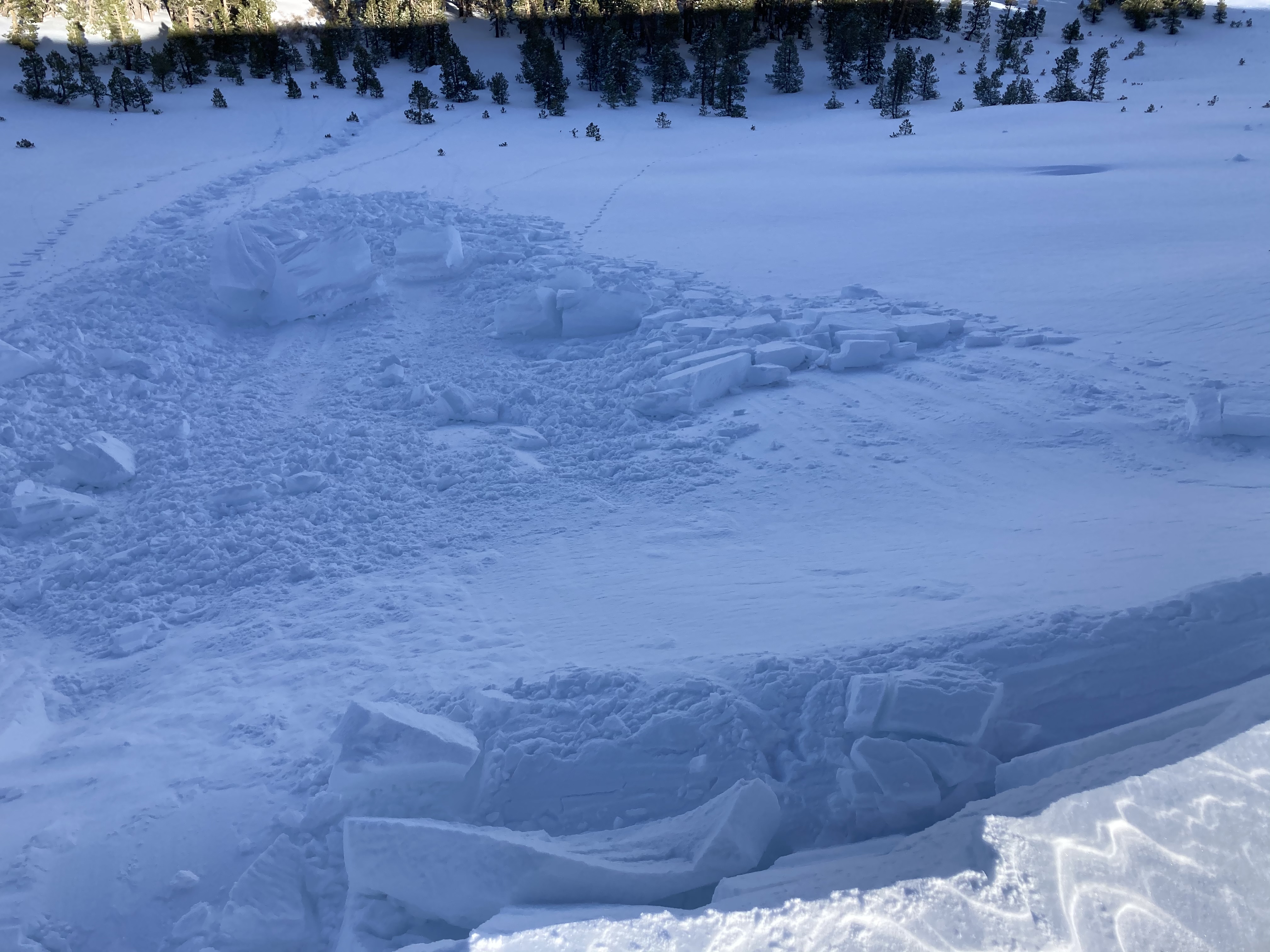| Friday | Friday Night | Saturday | |
|---|---|---|---|
| Weather: | Partly cloudy. Snow levels below 7000 feet. Chance of precipitation is 0%. | Clear. Snow levels below 7000 feet. Chance of precipitation is 0%. | Sunny. Snow levels below 7000 feet. Chance of precipitation is 0%. |
| Temperatures: | 39 to 45. deg. F. | 21 to 27. deg. F. | 40 to 46. deg. F. |
| Mid Slope Winds: | Light winds. | Light winds. | Light winds. |
| Expected snowfall: | No accumulation. | SWE = none. | No accumulation. | SWE = none. | No accumulation. | SWE = none. |
| Friday | Friday Night | Saturday | |
|---|---|---|---|
| Weather: | Mostly cloudy then becoming partly cloudy. Snow levels below 7000 feet increasing to 7000 feet in the afternoon. Chance of precipitation is 0%. | Clear. Snow levels below 7000 feet. Chance of precipitation is 0%. | Sunny. Snow levels below 7000 feet. Chance of precipitation is 0%. |
| Temperatures: | 35 to 41. deg. F. | 21 to 26. deg. F. | 36 to 42. deg. F. |
| Ridge Top Winds: | Southwest around 15 mph with gusts up to 30 mph | Southwest around 15 mph with gusts to 30 mph. | Light winds. |
| Expected snowfall: | No accumulation. | SWE = none. | No accumulation. | SWE = none. | No accumulation. | SWE = none. |


























